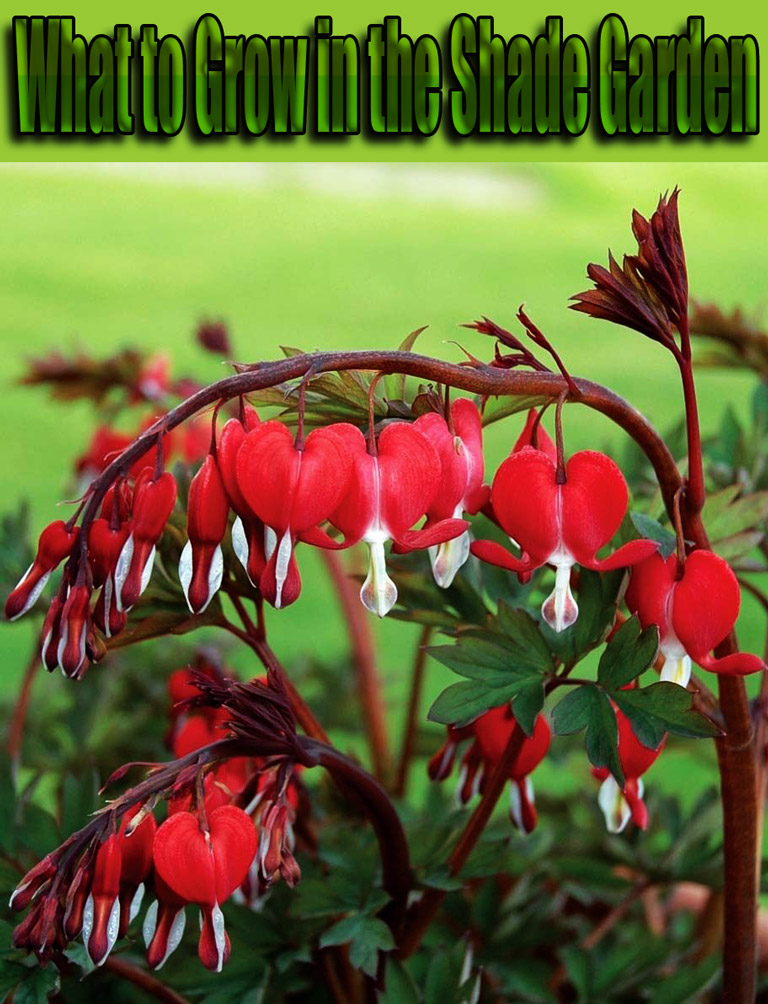
What to Grow in the Shade Garden
An abundance of large trees and shady areas in your yard can be a challenge to the creative gardener, rather than an obstacle to good gardening. Shady places that provide cool, refreshing areas of beauty during summer’s heat also can contribute color and interest to the landscape throughout the growing season.
Gardening in the shade doesn’t have to be frustrating. Some plants will tolerate relatively low light, and a few actually thrive in it. You can choose from an array of flowering annuals, perennials, bulbs, and woodland plants for color. Many groundcovers do well in problem areas. In light shade you might even be able to grow a few herbs or leafy vegetables. The trick is to know which plants are most likely to succeed and then to give them the kind of care that will improve their chances. You also have to be willing to experiment a bit to find which plants grow best in your particular locale.
First, assess how much light the plants will actually receive. Densely shaded areas beneath large trees or under the overhang of a building present more problems than do situations of partial or light shade. Although partially or lightly shaded areas receive direct sunlight for only a small portion of the day, light intensity is still quite bright. There are numerous plant choices you can make in these locations, though by no means as many as are possible with five or more hours of direct, full sunlight.
Light is not the only major concern when gardening in shady areas. Frequently, inadequate moisture can be a problem. The thick canopy of a large tree or the overhang of a house will act as an umbrella, deflecting rainfall away from the ground directly beneath it. Worse yet, trees and shrubs will compete with smaller plants for every drop of moisture that reaches the ground. It is vital that plants growing in the shade of large trees and shrubs, or sheltered by your home or garage, be watered regularly even during times of seemingly adequate rainfall.
Soil fertility also can be a source of trouble. Trees and shrubs fill the soil with feeder roots that greedily use up nutrients as readily as they are applied. It often seems that the more you water and fertilize, the more roots with which you have to contend. Yet adequate fertility is an absolute must for all your plants because without it they are bound to be small and their growth will be weak. In most cases a spring application of a balanced fertilizer, followed by one or two applications as the season progresses, will help your shade plants survive the competition of tree and shrub roots. If root competition is a serious problem, planting in containers above ground is a viable alternative. Containers should be replanted each spring with annuals, since bulbs or perennials cannot be expected to survive winter’s cold.
With few exceptions shade-tolerant plants will do best in well-drained, relatively fertile soil. Both sandy soils and heavy, clay like soils will benefit from the incorporation of organic matter such as peat moss, compost, or well-rotted manure. Such materials are particularly helpful in areas of hard, compacted soils.
Annuals
Which plants will be the showiest in a shady situation? If you’re looking for a continuous display of color from late spring till frost, annuals will work well except in dense shade. Flowering annuals do not bloom well in heavy shade; they all blossom more profusely as light is increased. Some annuals, however, do better in light shade than in full sun, which may fade colors or cause wilting the moment there is any moisture stress.
Impatiens are becoming an increasingly popular annual since they are now available in a wide range of intense colors and heights. Browallias, coleus, wax begonias, dwarf salvias, and other shade tolerant annuals will begin blooming soon after frost danger is past if you start with robust young bedding plants. It doesn’t make sense to direct seed annuals for a shady garden in our climate. By the time they accumulate enough food reserves to bloom attractively, the growing season is almost over. Plants can be started indoors from seed, but many require several months’ growth under fluorescent lights before they reach a desirable size for planting outdoors. Plants grown for any length of time on a bright windowsill are inevitably stretched out and slow to flower.
Bulbs
Spring flowering bulbs can be planted in deep shade provided you treat them as annuals, planting new bulbs each fall and then digging them up and discarding them once they’ve bloomed. The bulbs you buy already have miniature flowers inside. All that’s needed is a cold winter in the ground for those flower buds to emerge in spring. In order to repeat the performance the following year, though, the leaves must receive full sunlight for most of the day until they die back naturally. This builds up food reserves for the next blooming cycle. Without enough sunlight, you’ll get leaves each year but no flowers.
Some spring bulbs such as crocus, scillas, snowdrops, and species tulips bloom and produce leaves early enough, before the trees leaf out, so that they receive adequate amounts of sun to blossom annually in a lightly shaded area. Daffodils naturalize beautifully in an open wooded area. The tuberous begonia is another bulbous plant that grows well in light shade, since its delicate blossoms cannot stand full sunlight. Tuberous begonias are very tender, though, and must be stored indoors over the winter and not set out until frost danger has passed.
Perennials
Many perennials bloom reliably in light shade, but some will blossom in fairly dense shade. Most of these are woodland plants that usually blossom very early in the season, though there are some exceptions. The fringed bleeding heart blooms all season, and black snakeroot blossoms mid to late summer. Most woodland flowers are muted and delicate rather than bold and brightly colored.
Unlike the annuals, which tend to bloom throughout the growing season, most perennials only flower for a few weeks. When not in bloom, though, their foliage still plays an important part in the shade garden, adding variety in form and texture as well as in shades of green. Flowers often are followed by interesting seed pods or bright berries. Some perennials, such as hosta lilies, usually are planted for their attractive leaves rather than for their flowers, which in most species are not particularly colorful or showy. Ferns don’t bloom at all, but there’s hardly a shady garden that wouldn’t be enhanced by their grace and beauty.
In dense shade and problem areas where it’s hard to tend plants, there are several perennial groundcovers that can be used effectively. Most evergreen groundcovers like Japanese spurge and periwinkle require the insulation of a good snow cover to carry them through the winter. Other groundcovers such as wild violets, lilies of the valley, goutweed, and wild ginger are more durable. Many of these tough groundcovers can survive in a root-filled location that would be impossible for annuals or other perennials.
Herbs and vegetables
Some herbs, particularly those in the mint family, seem to do quite well in a shaded area, though they prefer light rather than heavy shade. Their requirements also include adequate moisture and relatively fertile soil, which rules out locations where tree root competition would be a problem.
Vegetables all do best in bright sunlight from early morning to nightfall, but a few of the leafier types can be tried in light or partial shade. These include plants that are grown for greens rather than for fruits or roots. Vegetables such as leaf lettuce, spinach, Swiss chard, kale, mustard greens, and beet greens will be thinner leaved and less robust when grown in light shade rather than full sunlight, but they will be tasty even though their growth is not luxurious.
A final suggestion for making use of the shady garden concerns putting houseplants out for the summer. Nearly all indoor foliage plants will benefit from outdoor growing conditions if they are protected from the hot midday sun, in such locations as a spot under a tree or on the north side of a house. Pots may be sunk into the soil to conserve moisture, but with frequent watering they also could be set right on the soil surface, an ideal way to make use of those shade areas that are compacted with tree roots.
No doubt you’ll choose a combination of different types of plants to create the effects you desire in the shady areas of your yard. Your local County Extension Office can supply you with additional materials on specific shade -tolerant plants. The following chart is only a partial listing of some of the more common plants that will grow in shade.
Annuals
- balsam
- begonias, wax
- browallia catharanthus (vinca)
- coleus
- feverfew
- fuchsias
- impatiens
- lobelia
- mimulus
- salvia, dwarf
- torenia (wishbone flower)
Bulbs
- begonias,tuberous
- crocus
- daffodils
- grape hyacinths
- scillas
- snowdrops
- species tulips
Groundcovers
- ajuga (bugleweed)
- *barrenwort
- *ginger, wild and European
- *goutweed (bishop’s weed)
- *hosta lilies
- *lily of the valley
- *pachysandra (Japanese spurge)
- *periwinkle
- *wild violets
Herbs
- basil
- chervil
- chives
- coriander
- mints
- parsley
- sage
- sorrel
- tarragon
Perennials
- astilbe
- bergenia
- bleeding heart
- columbine
- coral bells
- *daylilies
- *ferns forget-me-nots
- *hosta lilies
- leopardsbane
- meadowsweet
- monarda
- monkshood
- trollius (globe flower)
Woodland flowers
- *bellwort
- bloodroot
- cardinal flower
- *Dutchman’s-breeches
- *foam flower
- fringed bleeding heart
- harebells
- hepatica
- *jack-in-the-pulpit
- Jacob’s ladder
- *lungwort
- *meadow rue
- rue anemone
- snakeroot, white or black
- *Solomon’s seal
- spring beauty
- *trillium
- *Virginia bluebells
- wild columbine
- *wild violets
*Denotes plants suitable for heavy shade; the rest need light or partial shade.


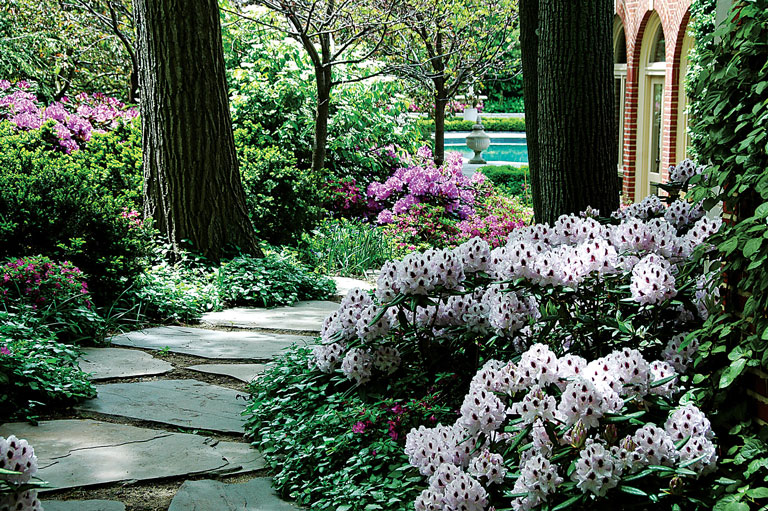
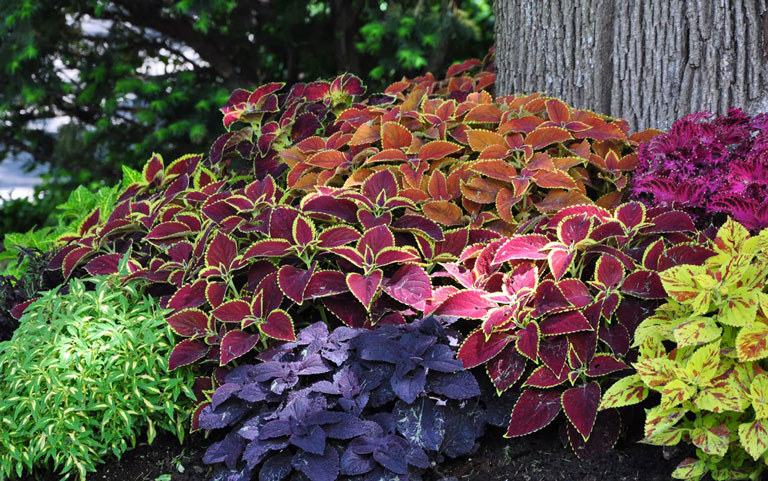
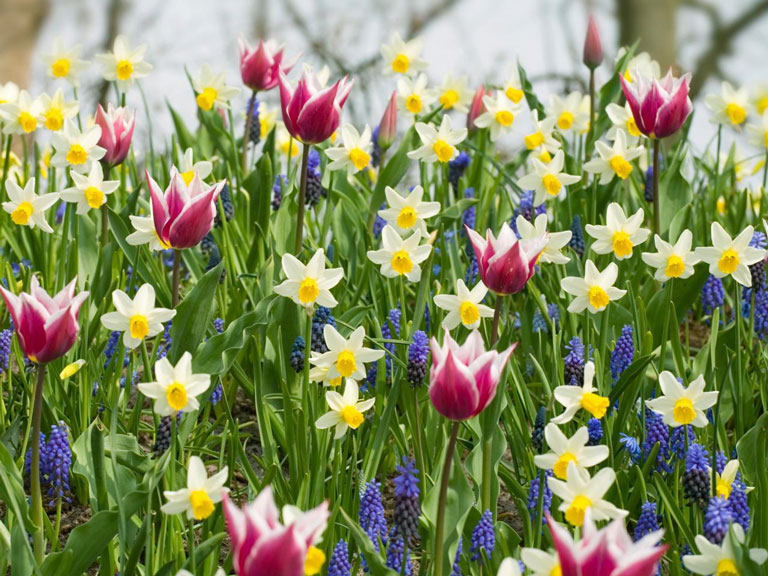
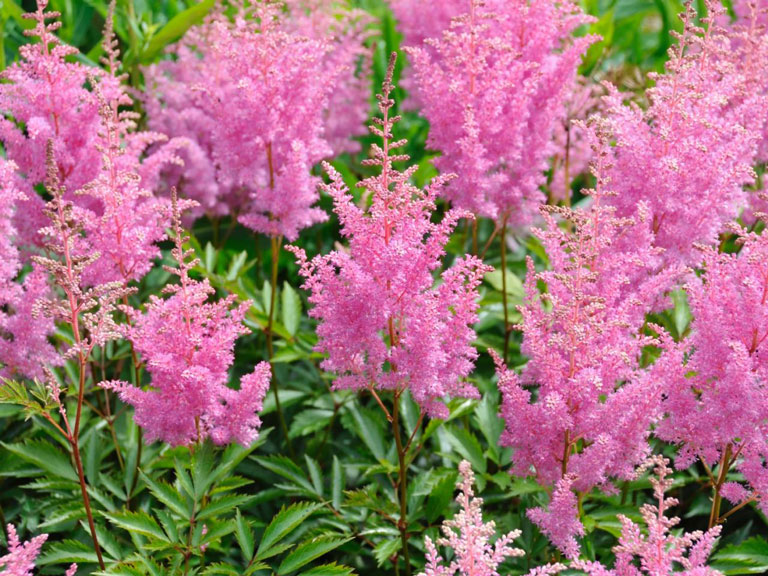
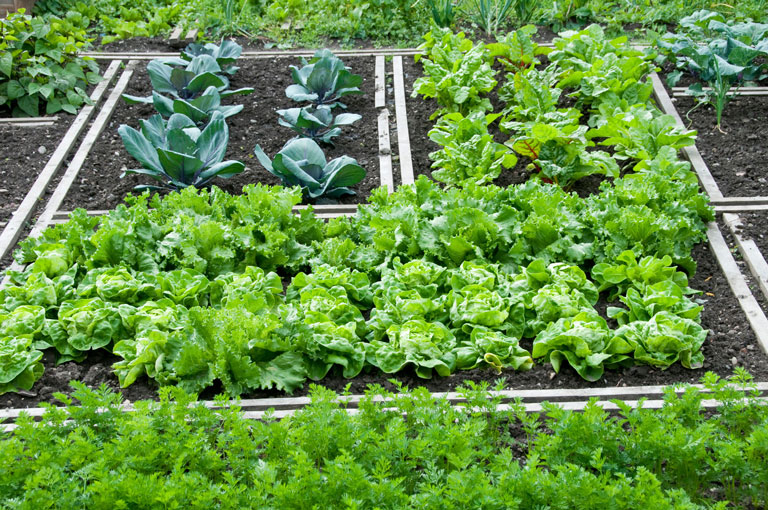
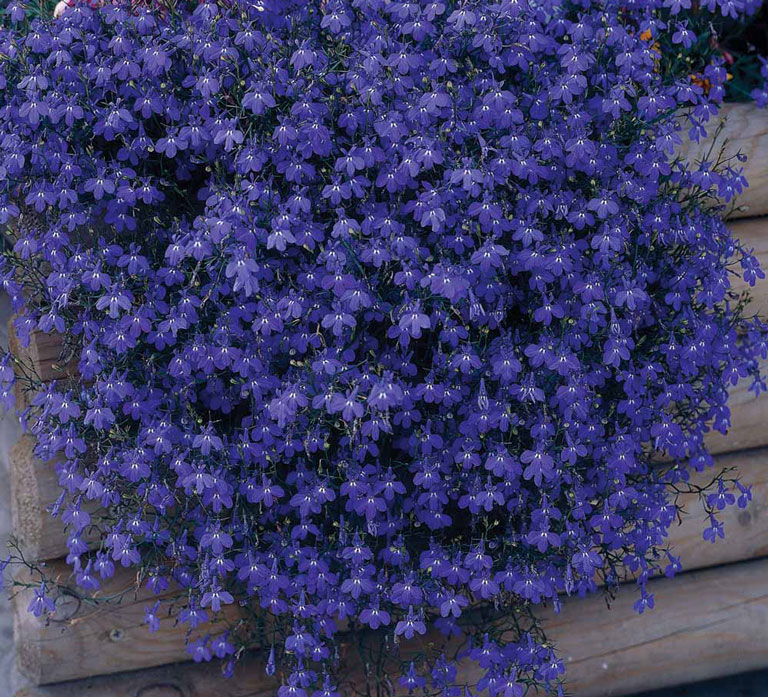

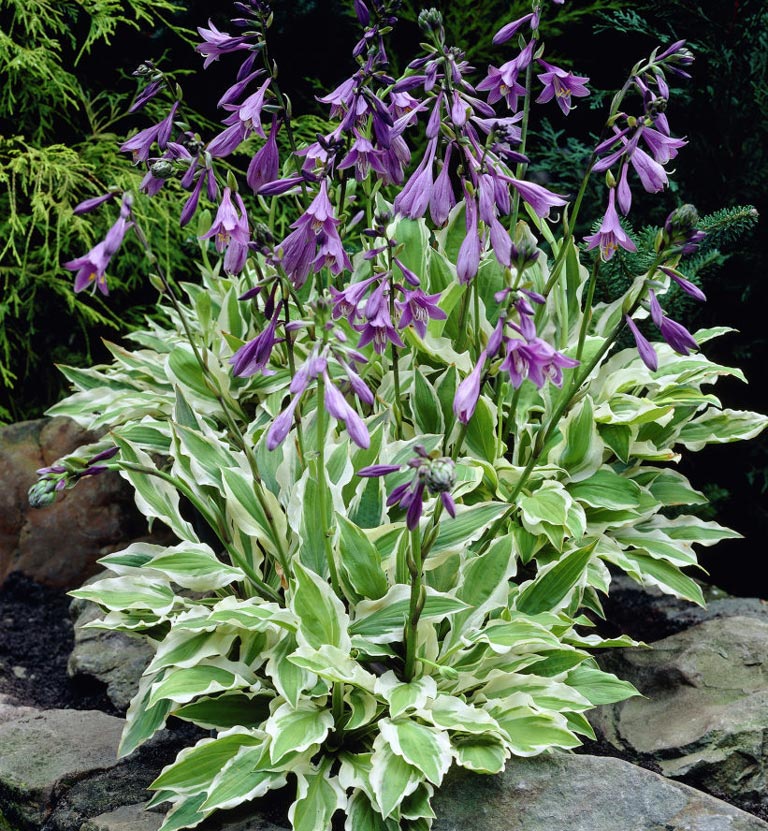
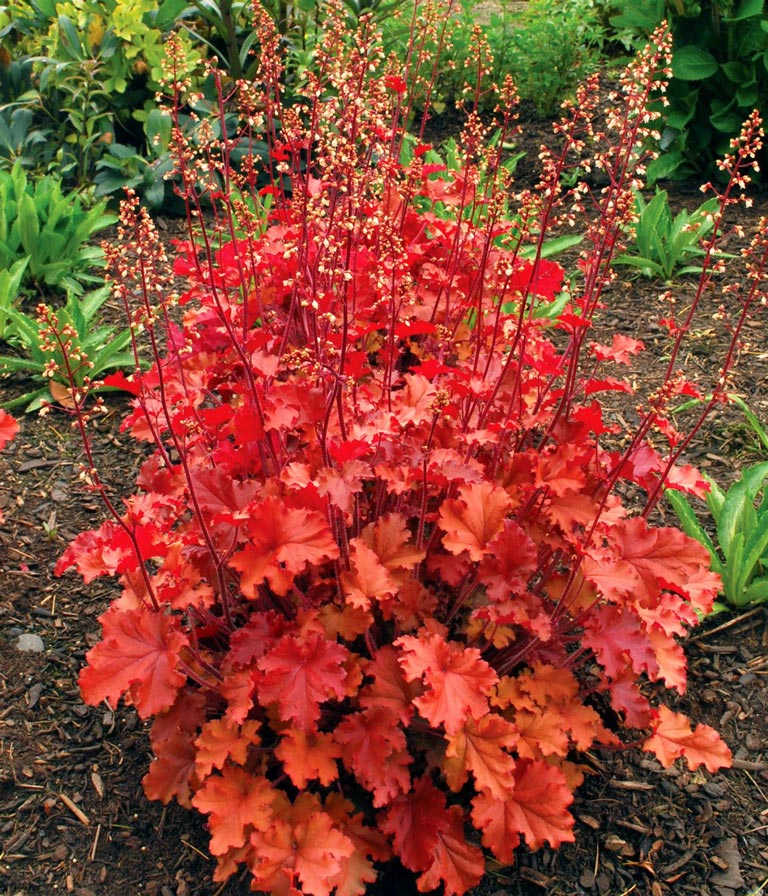
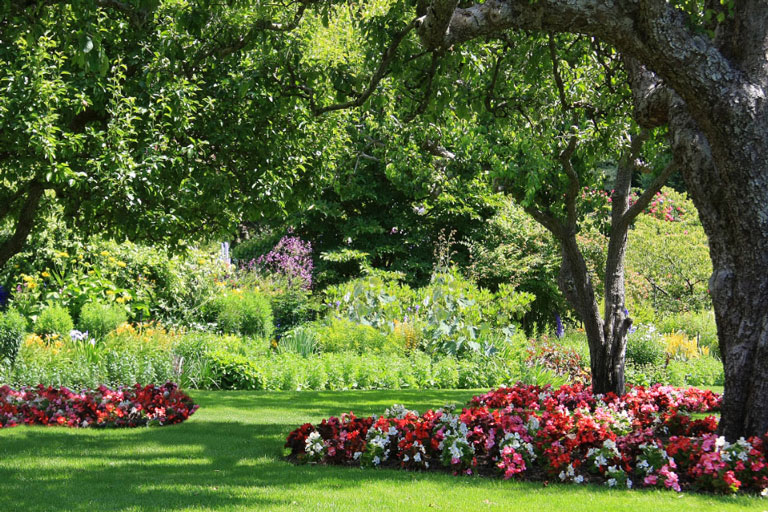
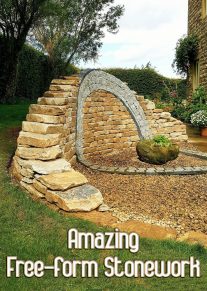

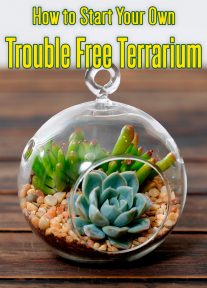
Leave a Reply